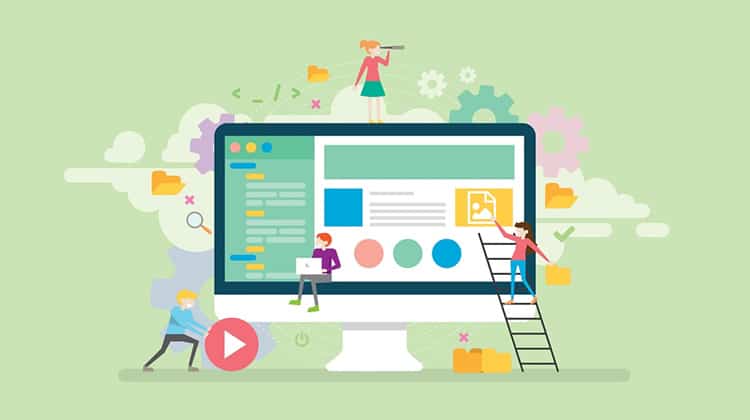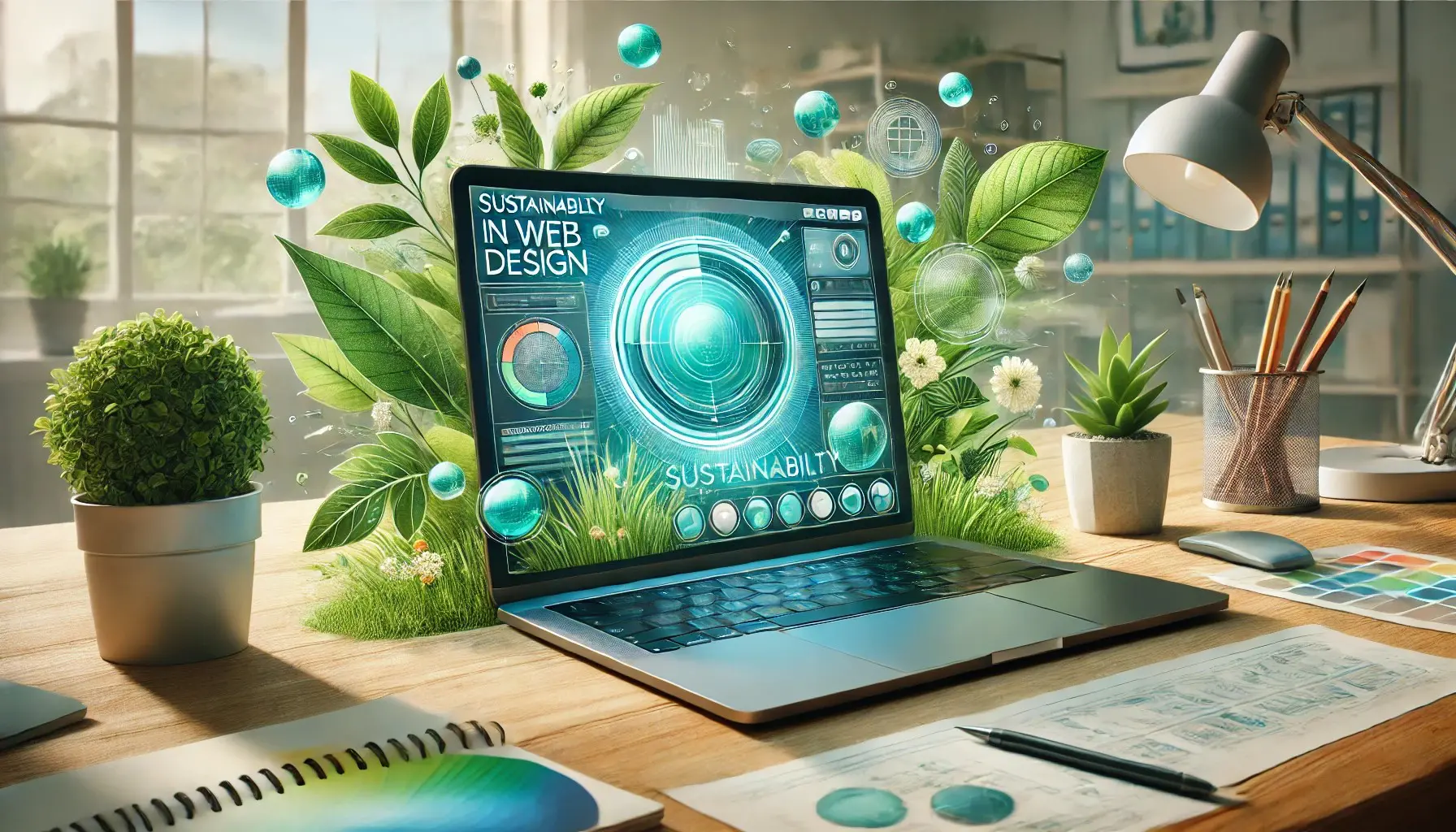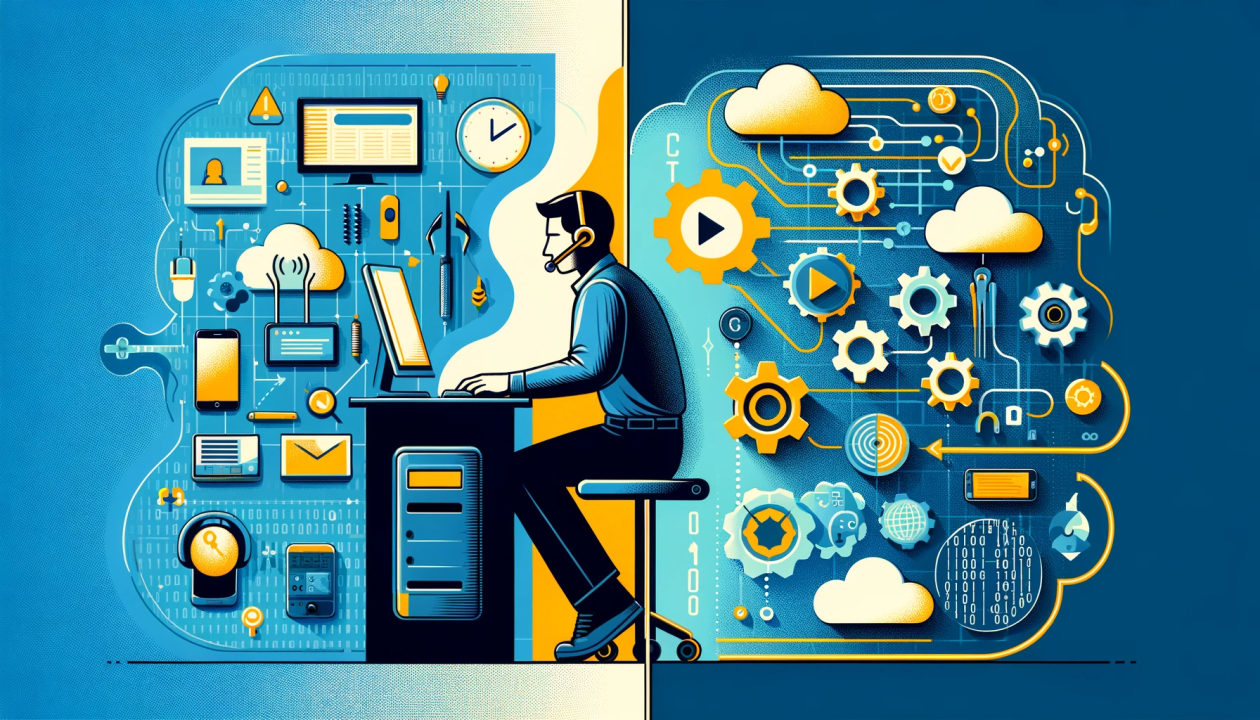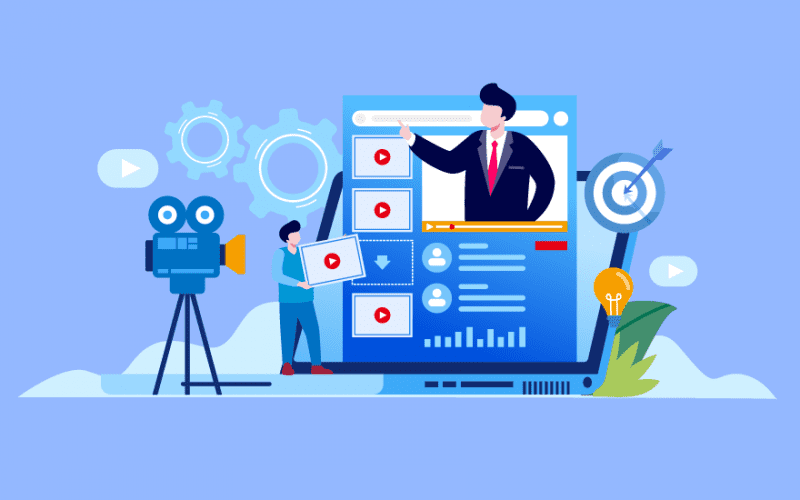Webpage Design: The #1 Best Digital Experience
In today’s digital world, a website is often the first interaction a customer has with a business, brand, or individual. Because of this, the design of a webpage plays a crucial role in shaping impressions, guiding user experiences, and even driving conversions. While the importance of a great webpage design cannot be overstated, the principles behind it are often overlooked or misunderstood. This blog will explore what makes a strong webpage design, the elements that contribute to it, and how to create a visually appealing, functional, and user-friendly website that keeps visitors coming back.
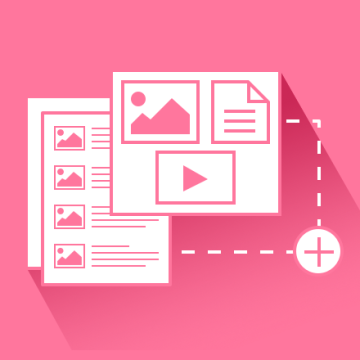
Understanding the Importance of Webpage Design
Webpage design is much more than just an aesthetic exercise. It involves creating an interface that is functional, efficient, and user-centric while also being visually appealing. Whether you’re designing a corporate website, an e-commerce site, or a personal blog, the structure, layout, and flow of your webpage must serve the specific needs of your audience while embodying the brand or purpose of the site. A well-designed webpage can enhance user engagement, improve conversion rates, and increase the time visitors spend on your site. A poorly designed webpage, on the other hand, can lead to high bounce rates, frustrated users, and lost opportunities.Key Principles of Effective Webpage Design
There are several fundamental principles that should guide every webpage design. These principles ensure that a website isn’t just beautiful but also functional and user-friendly. Let’s dive into these core concepts:1. Simplicity
One of the most important elements of a successful webpage design is simplicity. A clean, clutter-free layout allows users to find the information they need without being overwhelmed by unnecessary details. Too many elements, animations, or pop-ups can distract the user from the primary goal of the website. In webpage design, simplicity doesn’t mean sacrificing style or content; rather, it’s about making sure every design choice is intentional. For example, having a clear, straightforward navigation menu, limiting the use of fonts, and using a simple color palette are all effective ways to create a minimalist yet functional webpage design.2. Consistency
Consistency across all pages of a website is key to creating a cohesive and professional look. This includes maintaining the same layout, fonts, color scheme, and design elements throughout the entire site. By doing so, you create a sense of familiarity for the user, allowing them to easily navigate between different sections of the site. Inconsistent design elements can make a website feel disjointed and confusing, leading to a poor user experience. When developing webpage design, consistency ensures that the visual identity of the site aligns with its brand message and user expectations.3. User-Centric Design
One of the most important aspects of webpage design is focusing on the needs and preferences of your users. A user-centric approach means designing a site with the user in mind—ensuring they can easily find what they’re looking for, understand how to interact with the website, and complete desired actions with minimal friction. For example, in e-commerce webpage design, placing the checkout button in an easily accessible location and ensuring the search function is intuitive can significantly improve the shopping experience for users. Making the webpage mobile-friendly and accessible for users with disabilities are also key components of a user-centered design.4. Visual Hierarchy
Visual hierarchy refers to the arrangement of design elements in a way that clearly communicates the importance of different pieces of content. By using different sizes, colors, and placements for various elements, you can guide users’ attention to the most important parts of the webpage. For example, the main headline of a webpage design should be larger and bolder than secondary text. Call-to-action buttons should stand out from the rest of the page to draw the user’s eye, encouraging them to take action. Effective use of visual hierarchy is crucial for creating an intuitive, easy-to-navigate webpage design.5. Responsive Design
With the increasing use of mobile devices for web browsing, it’s essential that your webpage design is responsive. Responsive design ensures that your website adapts to different screen sizes and devices, providing a seamless experience for users whether they’re on a desktop, tablet, or smartphone. A responsive webpage design involves using flexible grids, images, and CSS media queries to adjust the layout depending on the device. This ensures that users can access your site from any device without sacrificing functionality or usability.6. Fast Loading Speed
A webpage design that loads quickly is essential for retaining visitors. Research shows that users are likely to abandon a website if it takes more than three seconds to load. A slow-loading webpage can negatively impact both the user experience and SEO ranking. To improve loading speed, consider optimizing images, minifying CSS and JavaScript files, and reducing the number of HTTP requests. Additionally, choosing a reliable web hosting service and implementing caching strategies can further enhance the performance of your webpage design.7. Accessibility
Web accessibility is an important consideration in webpage design, as it ensures that all users, regardless of their abilities or disabilities, can access and navigate your website. Accessibility features include using alt text for images, ensuring sufficient color contrast, and providing text alternatives for multimedia content. An accessible webpage design allows users with visual, auditory, or motor impairments to interact with your site. Implementing accessibility best practices not only broadens your audience but also demonstrates social responsibility and compliance with accessibility laws.The Elements of a Great Webpage Design
Now that we’ve explored the key principles behind effective webpage design, let’s take a closer look at the individual design elements that contribute to a successful website.1. Layout
The layout of your webpage is one of the most crucial components of your design. It determines how content is arranged on the page and how users interact with it. A good layout should be easy to navigate, intuitive, and aesthetically pleasing. There are several popular layout options in webpage design, including the F-pattern, Z-pattern, and grid-based layouts. The F-pattern, for example, is based on the natural way people tend to read a webpage, starting from the top left corner and moving to the right before scanning down the page. Understanding how your audience consumes information can help you choose the right layout for your webpage.2. Typography
Typography plays an essential role in both the readability and aesthetics of a webpage design. It’s not just about choosing a font that looks nice; the font needs to be legible, professional, and aligned with the brand’s tone. When selecting typography for your webpage design, consider factors such as font size, line spacing, and contrast. For body text, it’s generally recommended to use serif or sans-serif fonts that are easy to read on both desktop and mobile screens. For headings and subheadings, you can get more creative with font choices to enhance the visual appeal of your webpage design.3. Color Scheme
The color scheme of a website significantly affects its mood, readability, and brand perception. A strong, cohesive color palette can create a sense of harmony and enhance the overall user experience of your webpage design. When choosing colors for your webpage design, consider both aesthetics and accessibility. For example, ensure that there’s enough contrast between text and background colors to make the content legible for all users. The color palette should also reflect your brand’s personality—whether that’s playful, professional, or sophisticated.4. Images and Graphics
Images and graphics can greatly enhance the visual appeal of a webpage, but they must be used thoughtfully and strategically. High-quality images can help communicate a brand’s identity, showcase products, or illustrate key points on a page. However, it’s important not to overuse images or use them in a way that detracts from the main content. Poorly optimized images can also slow down the page load time, so ensure that all visuals are compressed and optimized for web use.5. Navigation
Navigation is a fundamental aspect of webpage design. Users need to be able to find what they’re looking for quickly and easily. The navigation menu should be clear, concise, and located in a standard place on the page (usually at the top or along the side). To improve user experience, ensure that the navigation menu is intuitive and organized. Group related pages together and use descriptive labels for each section. You can also consider implementing a search function to allow users to find specific content faster.6. Call-to-Action (CTA)
A strong webpage design includes clear and effective calls-to-action (CTAs). A CTA is a prompt that encourages users to take a specific action, such as signing up for a newsletter, purchasing a product, or contacting the business. Your CTAs should stand out visually, using contrasting colors and compelling text. Position them strategically throughout the page to guide users towards the next steps you want them to take.Webpage Design Trends to Watch
The world of webpage design is constantly evolving. New trends, tools, and technologies emerge every year, shaping how websites look and function. Here are some of the latest trends in webpage design that businesses and designers should keep an eye on:1. Minimalist Design
Minimalism continues to be a strong trend in webpage design, focusing on clean, simple layouts with plenty of white space. This approach removes distractions and emphasizes content, creating a more streamlined user experience.2. Dark Mode
Dark mode has gained significant popularity in recent years, offering a sleek, modern look and reducing eye strain for users. Many websites are now adopting dark mode as an option for users, giving them more control over their browsing experience.3. Microinteractions
Microinteractions refer to small animations or design elements that respond to user actions. For example, a button might change color when hovered over, or an image might zoom in when clicked. These subtle design elements can enhance the user experience and make a webpage feel more interactive.4. Custom Illustrations
Many brands are moving away from stock photos and using custom illustrations to add personality and uniqueness to their webpage designs. Illustrations can help tell a story, create a cohesive visual style, and make a website stand out.Conclusion: Crafting the Perfect Webpage Design
Webpage design is a delicate balance of form and function, requiring both creative vision and technical skill. By following best practices and focusing on the needs of your users, you can create a webpage that not only looks great but also delivers a seamless and engaging experience. From layout and typography to color schemes and CTAs, every element of your webpage design should work together to meet your goals and serve your audience. By continually staying updated on trends and refining your design process, you can create a website that not only stands out visually but also performs exceptionally in terms of usability and conversion.
The Future of Webpage Design: Emerging Technologies and Innovations
As technology continues to evolve at an incredible pace, so does the world of webpage design. The tools and techniques that designers use to create websites are constantly changing, offering exciting new opportunities for creativity, efficiency, and functionality. Let’s explore some of the emerging technologies and innovations that are shaping the future of webpage design.
1. Artificial Intelligence (AI) and Machine Learning
AI is beginning to play a significant role in webpage design, particularly when it comes to personalization and automation. With AI-driven tools, designers can create websites that adapt and respond to users’ behaviors, preferences, and needs. For example, AI can analyze how visitors interact with a website and then automatically adjust content or layouts to optimize the user experience.
Additionally, AI can help automate routine design tasks, such as image cropping or color scheme generation, allowing designers to focus on more complex and creative elements of webpage design. As machine learning algorithms continue to improve, we can expect even more sophisticated, dynamic, and user-centered websites.
2. Voice User Interface (VUI)
With the growing popularity of voice assistants like Amazon’s Alexa, Google Assistant, and Apple’s Siri, voice search and voice interactions are becoming more prevalent on the web. Voice User Interfaces (VUI) are expected to become an integral part of webpage design in the near future.
Integrating voice search functionality allows users to interact with websites hands-free, making it more convenient for those on the go or with accessibility needs. As voice recognition technology improves, designers will need to create webpages that not only accommodate voice commands but also ensure the design remains intuitive and efficient for both voice and traditional text-based inputs.
3. Augmented Reality (AR) and Virtual Reality (VR)
Although AR and VR technologies are still relatively new in the realm of webpage design, they have the potential to revolutionize how we interact with websites. Imagine an e-commerce site where users can “try on” clothes virtually using AR, or a real estate platform where users can take virtual tours of homes and apartments without leaving their browser. These technologies can create more immersive, interactive, and engaging user experiences.
Webpage design will need to adapt to these new mediums, which may include creating 3D environments, optimizing AR/VR experiences for different devices, and considering how these technologies can be used to improve accessibility and inclusivity on the web. As AR and VR become more mainstream, designers will need to experiment with these technologies to build innovative and dynamic webpages.
4. Progressive Web Apps (PWAs)
Progressive Web Apps (PWAs) are websites that function similarly to native mobile apps but without the need for installation from an app store. PWAs offer features like offline access, push notifications, and fast loading times, making them a compelling option for businesses and users alike.
From a webpage design perspective, creating a PWA involves building responsive websites that offer the same smooth, app-like experience, regardless of device or browser. PWAs are also highly optimized for performance, which can improve the overall user experience. As users increasingly demand mobile-first, app-like experiences, the ability to build PWAs will become a critical part of webpage design.
5. Web Animation and Microinteractions
Web animations and microinteractions are increasingly popular in modern webpage design as they help to engage users, make interfaces feel more dynamic, and guide user behavior. Microinteractions are subtle animations triggered by user actions, such as a button that changes color when hovered over or a loading indicator that lets the user know the page is processing their request.
Incorporating well-designed animations into a webpage not only enhances aesthetics but also improves usability. For instance, animated transitions between pages can make the experience feel more fluid, and animated buttons or icons can draw attention to important features or calls to action.
However, it’s important to strike a balance—too much animation can slow down a website or overwhelm the user. Effective webpage design with animation requires using these elements sparingly and strategically to enhance the user experience rather than detract from it.
6. Dark Mode
As mentioned earlier, dark mode has become a significant trend in webpage design, with more and more websites offering the option for users to toggle between light and dark interfaces. Dark mode not only provides an aesthetically sleek and modern look, but it also helps reduce eye strain in low-light environments, making it more comfortable for users to interact with a website for extended periods.
Designers are finding ways to create websites that seamlessly switch between light and dark modes, offering users greater flexibility and personalization. Additionally, dark mode can save battery life on mobile devices with OLED screens, which is another reason why many users prefer it. As dark mode becomes increasingly ubiquitous, it will be a key feature for web designers to implement in their webpage designs, ensuring their sites are both functional and adaptable.
7. Customizable User Interfaces
User customization is a growing trend in webpage design, allowing users to adjust the layout, theme, or other elements of a website to suit their personal preferences. Customizable interfaces not only improve user experience but also promote user engagement, as visitors can tailor their browsing experience to their needs.
This can include things like font size, color schemes, or rearranging elements on the page. For example, news websites or blogs might allow users to choose between a minimalist layout or a more content-dense version of the page. Websites offering customizable UI components will need to balance flexibility with maintaining brand identity and ensuring the design remains cohesive.
8. Data-Driven Design
With more access to user data than ever before, web designers now have the ability to tailor webpage designs based on user behavior. Data-driven design allows for a more personalized and optimized user experience by analyzing visitor patterns and preferences, then adapting the webpage to better suit those insights.
For instance, a webpage design might adjust its content or layout based on the time of day, location of the user, or past interactions. Websites could also use real-time data to highlight specific products, services, or articles that align with the visitor’s interests. By leveraging data, designers can create more engaging, targeted experiences that increase user satisfaction and conversions.
9. Chatbots and Conversational UI
Chatbots have become increasingly popular on websites as a way to offer immediate customer support, gather feedback, and guide users through different processes. These AI-driven tools allow users to communicate directly with a website, whether it’s to ask a question, schedule an appointment, or make a purchase.
From a webpage design standpoint, integrating chatbots into your site must be done thoughtfully. The chatbot should be easy to access but not intrusive. Properly designing the conversational UI (user interface) of the chatbot, with clear messaging and visually appealing elements, is essential for creating a positive user experience.
Balancing Aesthetics and Functionality
When embarking on a webpage design project, it’s easy to get caught up in the aesthetics—after all, a visually stunning website will likely leave a lasting impression on users. However, no matter how beautiful the design is, it is equally important to ensure that the webpage functions well and meets user needs.
The best webpage designs strike a delicate balance between eye-catching visuals and smooth functionality. While attractive colors, custom graphics, and innovative layout choices are important, they should never overshadow usability. A good design should enhance user experience, not hinder it. This means keeping navigation intuitive, optimizing load times, and ensuring that all interactive elements are easy to use and understand.
For example, a website with an elaborate, artistic design might look impressive at first glance, but if users struggle to navigate it or can’t find the information they need, they’ll quickly become frustrated and leave. On the other hand, a minimalist design that focuses on functionality might not win any design awards, but it could provide a more seamless, efficient user experience.
Conclusion: Staying Ahead in the World of Webpage Design
Webpage design is a constantly evolving field, with new trends, technologies, and best practices emerging all the time. Staying ahead in this fast-paced environment requires flexibility, creativity, and a deep understanding of user needs. Whether you’re designing a website for a business, an individual, or a nonprofit, the ultimate goal should be to create a webpage that is both visually appealing and highly functional.
By focusing on simplicity, consistency, and user-centric design, you can create websites that not only capture the attention of visitors but also encourage them to take meaningful actions. As new technologies like AI, voice search, and AR/VR continue to reshape the digital landscape, webpage design will continue to grow in both complexity and opportunity.
For designers, the future holds endless possibilities to experiment with new tools, adopt innovative approaches, and craft websites that are not only beautiful but also highly effective in meeting the needs of users. Embrace these changes, and you’ll be well on your way to designing webpages that set the standard for tomorrow’s digital experiences.
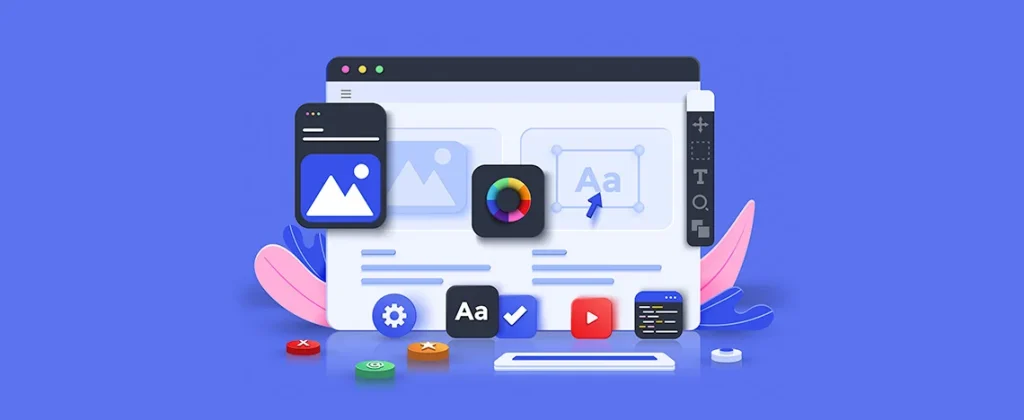
The Role of Branding in Webpage Design
Branding is one of the most critical elements in any webpage design. Your website is often the first point of contact that potential customers have with your brand, and the design of your site plays a crucial role in communicating your brand’s identity. Whether you’re designing a corporate website, an e-commerce store, or a personal blog, the webpage design must reflect the brand’s values, tone, and unique selling points.
1. Brand Consistency
Brand consistency is essential to establishing trust and recognition. A webpage design that incorporates consistent elements—such as logos, color schemes, fonts, and imagery—creates a cohesive brand experience across all touchpoints. This consistency helps users immediately recognize your brand, whether they’re browsing your website, interacting on social media, or seeing an email campaign.
For example, if your brand’s color palette is primarily composed of blue and white tones, your webpage design should reflect these colors, reinforcing brand identity. Similarly, the typography on your site should align with the tone of your brand—whether that’s a clean, modern sans-serif for a tech brand or a more playful script font for a creative brand.
2. Storytelling Through Design
Every website has a story to tell. Whether it’s the history of your company, the mission behind your product, or the inspiration for your content, your webpage design should help tell that story in an engaging and visually compelling way.
A well-designed webpage goes beyond simply presenting information—it creates an emotional connection with visitors by conveying your brand’s narrative. This can be achieved through the careful use of images, videos, text, and even interactive elements. For instance, an e-commerce site might use product images, customer testimonials, and a compelling brand story to evoke trust and persuade users to make a purchase.
The layout of the website should also align with the narrative you’re trying to convey. A visually stunning homepage can draw users in and introduce them to your brand, while well-organized product pages can help tell the story of what makes your products unique. Whether through compelling visuals, text, or design elements like parallax scrolling or animations, your webpage design should always serve the purpose of telling your brand’s story.
3. Emotional Appeal in Webpage Design
Webpage design is not just about functionality—it’s also about creating an emotional connection with users. An emotionally appealing webpage design encourages users to engage with the content and take action, whether that’s making a purchase, signing up for a newsletter, or simply exploring more of what your website has to offer.
Color psychology plays a significant role in emotional appeal. For example, blue can evoke feelings of trust and reliability, while red can create urgency or excitement. Understanding the emotional impact of design choices can help you create a webpage that resonates with your target audience and strengthens your brand identity.
Additionally, using visuals that reflect your brand’s personality—whether they’re bright and playful, sleek and modern, or warm and inviting—can help create a more emotional connection with users. Thoughtful use of imagery, typography, and layout can work together to create a mood that complements your brand’s messaging.
4. Building Trust Through Design
Trust is one of the most important factors in online decision-making. A well-designed webpage can help establish trust with your audience, particularly if you’re running an e-commerce site or offering a service that involves personal or financial information.
There are several ways to build trust through webpage design:
Clear Calls-to-Action (CTAs): A strong CTA encourages users to take the next step, whether it’s making a purchase, contacting you, or signing up. Make sure your CTAs are prominent and visually distinct.
Security Features: For e-commerce websites, displaying security badges, payment options, and SSL certificates helps reassure customers that their personal and payment information is secure.
Social Proof: Showcasing customer testimonials, reviews, and case studies can help establish credibility. Positive feedback from previous customers builds trust and can encourage new visitors to take action.
Contact Information: Ensuring that your contact details are easy to find—whether it’s a phone number, email address, or live chat option—demonstrates transparency and availability, which builds trust.
The Role of Web Designers in Crafting an Effective Webpage Design
Web designers play a crucial role in shaping a website’s overall design and user experience. Their role extends beyond simply making a website “look good” to ensuring that it is functional, user-friendly, and aligned with the brand’s goals. Designers bring together the elements of layout, color, typography, and images to create a cohesive and effective digital experience.
To create a successful webpage design, web designers must collaborate with a variety of stakeholders, including:
Clients or Business Owners: Understanding the goals and vision of the brand is essential. A clear brief helps designers tailor their designs to meet specific business objectives.
UX/UI Designers: While web design often focuses on aesthetics, the user experience (UX) and user interface (UI) play an equally important role. UX designers ensure that the website is intuitive and easy to navigate, while UI designers focus on making the interface visually appealing and consistent with the brand’s identity.
Developers: Web designers often work closely with developers to bring the design to life. While designers focus on the visual elements, developers ensure that the site functions correctly, is responsive across devices, and is optimized for performance.
Content Creators: Content plays a significant role in webpage design. Whether it’s text, images, videos, or infographics, the content must align with the overall design and help achieve the website’s goals. Designers often collaborate with content creators to ensure the messaging is clear and effective.
Conclusion: Building a Webpage That Works for Users and Brands
Webpage design is an intricate balance of creativity, user psychology, branding, and technical expertise. While the aesthetic appeal of a website is important, the design must also prioritize functionality, usability, and optimization to ensure a seamless user experience. From brand consistency to mobile optimization, each element of the webpage design must align with both the needs of the user and the objectives of the business or brand.
Incorporating user feedback, testing for performance, and continuously optimizing your website are all essential practices to ensure that your webpage remains effective in a fast-changing digital landscape. By staying up-to-date with design trends, tools, and emerging technologies, you can create a webpage that not only captures the attention of users but also delivers on performance, usability, and conversions.
Ultimately, successful webpage design is about creating a digital experience that speaks to your audience and drives them to take action, whether that’s making a purchase, engaging with content, or simply exploring what your brand has to offer. Keep your focus on the user experience, and your webpage design will work to build trust, drive engagement, and ensure long-term success.
